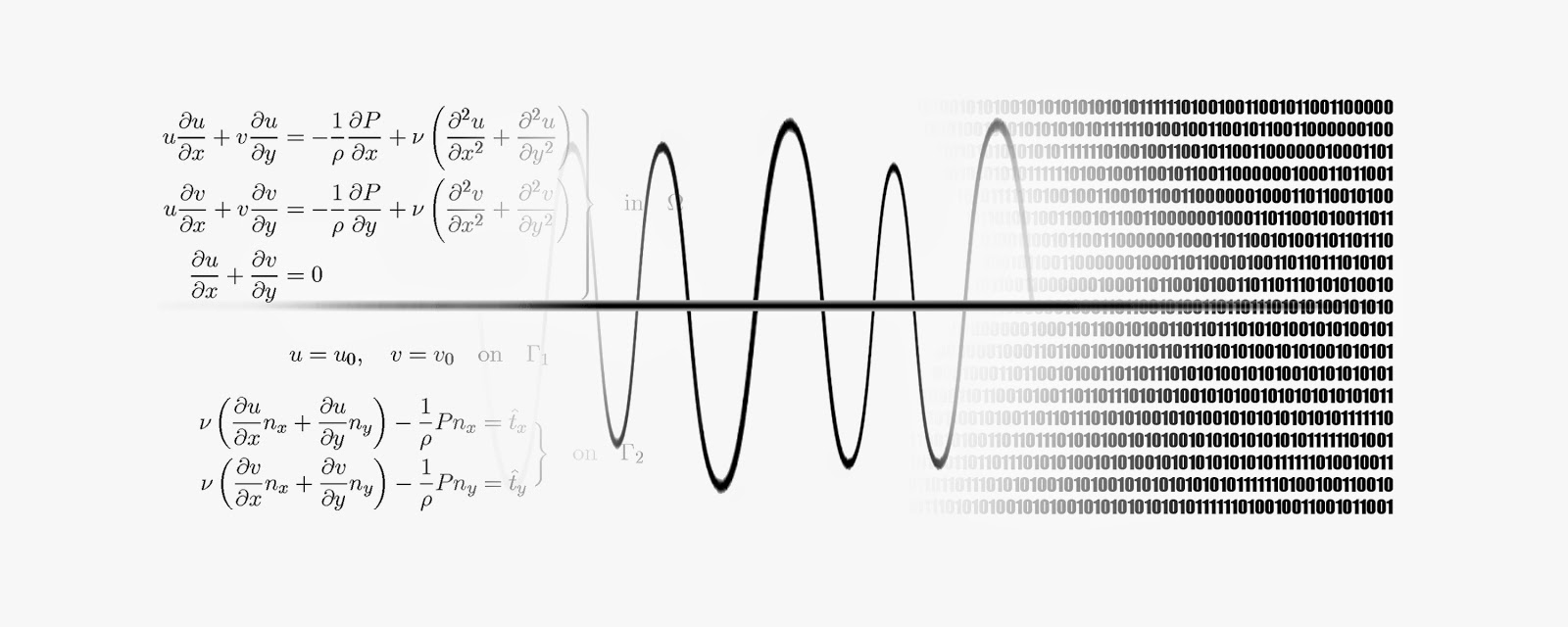DARPA is interested in pursuing the somewhat counterintuitive premise that “old fashioned” analog approaches may be part of the solution. Analog computers, which solve equations by manipulating continuously changing values instead of discrete measurements, have been around for more than a century. In the 1930s, for example, Vannevar Bush—who a decade later would help initiate and administer the Manhattan Project—created an analog “differential analyzer” that computed complex integrations through the use of a novel wheel-and-disc mechanism. And in the 1940s, the Norden bombsight made its way into U.S. warplanes, where it used analog methods to calculate bomb trajectories. But in the 1950s and 1960s, as transistor-based digital computers proved more efficient for most kinds of problems, analog methods fell into disuse.
DARPA invites input on how to speed up computation of the complex mathematics that characterize scientific computing.
The DARPA program is called Analog and Continuous-variable Co-processors for Efficient Scientific Simulation (ACCESS).
DARPA wants to solve the following needs, either singly or in combination:
* Scalable, controllable, and measurable processes that can be physically instantiated in co-processors for acceleration of computational tasks frequently encountered in scientific simulation
* Algorithms that use analog, non-linear, non-serial, or continuous-variable computational primitives to reduce the time, space, and communicative complexity relative to von Neumann/CPU/GPU processing architectures
* System architectures, schedulers, hybrid and specialized integrated circuits, compute languages, programming models, controller designs, and other elements for efficient problem decomposition, memory access, and task allocation across multi-hybrid co-processors
* Methods for modeling and simulation via direct physical analogy
DARPA is particularly interested in engaging nontraditional contributors to help develop leap-ahead technologies in the focus areas above, as well as other technologies that could potentially improve the computational tractability of complex nonlinear systems.
SOURCES – DARPA

Brian Wang is a Futurist Thought Leader and a popular Science blogger with 1 million readers per month. His blog Nextbigfuture.com is ranked #1 Science News Blog. It covers many disruptive technology and trends including Space, Robotics, Artificial Intelligence, Medicine, Anti-aging Biotechnology, and Nanotechnology.
Known for identifying cutting edge technologies, he is currently a Co-Founder of a startup and fundraiser for high potential early-stage companies. He is the Head of Research for Allocations for deep technology investments and an Angel Investor at Space Angels.
A frequent speaker at corporations, he has been a TEDx speaker, a Singularity University speaker and guest at numerous interviews for radio and podcasts. He is open to public speaking and advising engagements.


